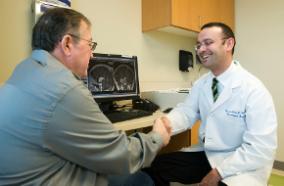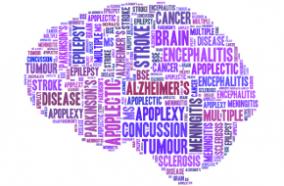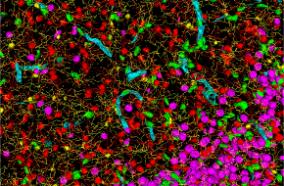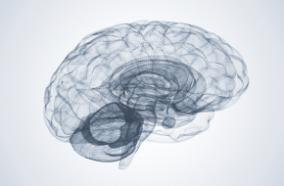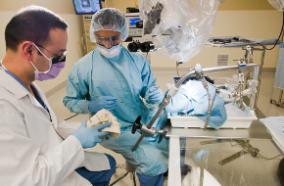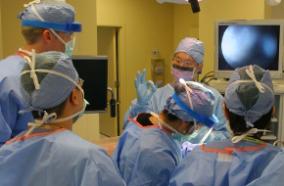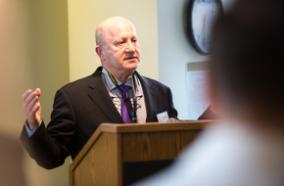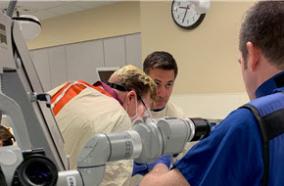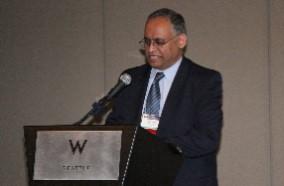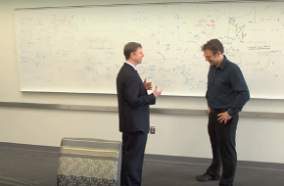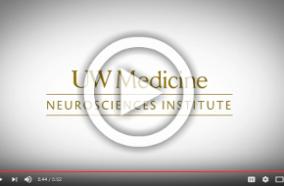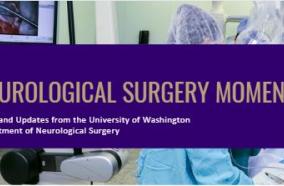Implementation of the 2017 Berlin Concussion in Sport Group Consensus Statement in contact and collision sports: a joint position statement from 11 national and international sports organisations.
Implementation of the 2017 Berlin Concussion in Sport Group Consensus Statement in contact and collision sports: a joint position statement from 11 national and international sports organisations.
Br J Sports Med. 2018 May;52(10):635-641
Authors: Patricios JS, Ardern CL, Hislop MD, Aubry M, Bloomfield P, Broderick C, Clifton P, Echemendia RJ, Ellenbogen RG, Falvey ÉC, Fuller GW, Grand J, Hack D, Harcourt PR, Hughes D, McGuirk N, Meeuwisse W, Miller J, Parsons JT, Richiger S, Sills A, Moran KB, Shute J, Raftery M
Abstract
The 2017 Berlin Concussion in Sport Group Consensus Statement provides a global summary of best practice in concussion prevention, diagnosis and management, underpinned by systematic reviews and expert consensus. Due to their different settings and rules, individual sports need to adapt concussion guidelines according to their specific regulatory environment. At the same time, consistent application of the Berlin Consensus Statement's themes across sporting codes is likely to facilitate superior and uniform diagnosis and management, improve concussion education and highlight collaborative research opportunities. This document summarises the approaches discussed by medical representatives from the governing bodies of 10 different contact and collision sports in Dublin, Ireland in July 2017. Those sports are: American football, Australian football, basketball, cricket, equestrian sports, football/soccer, ice hockey, rugby league, rugby union and skiing. This document had been endorsed by 11 sport governing bodies/national federations at the time of being published.
PMID: 29500252 [PubMed - indexed for MEDLINE]

